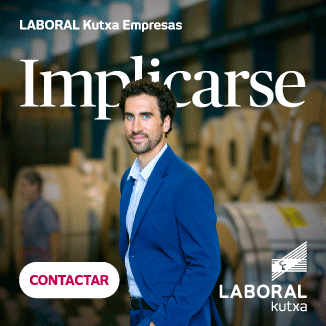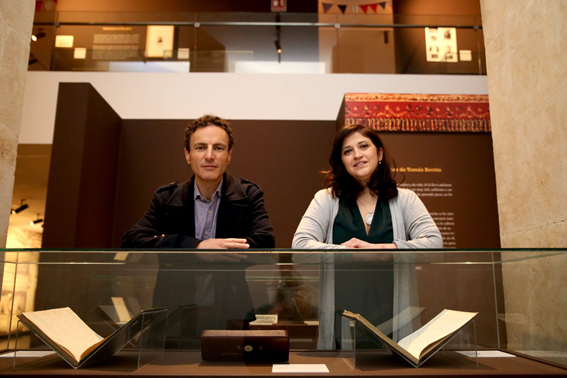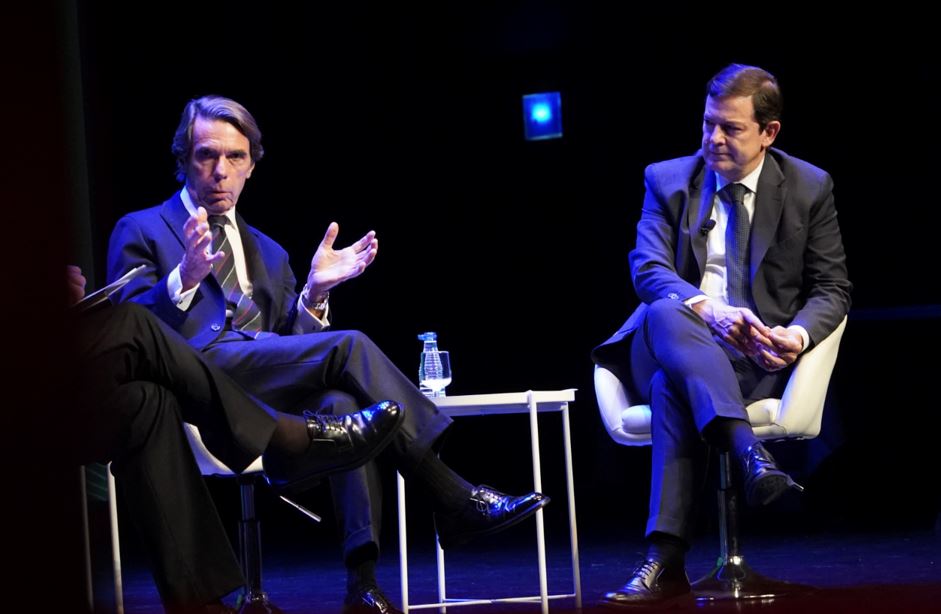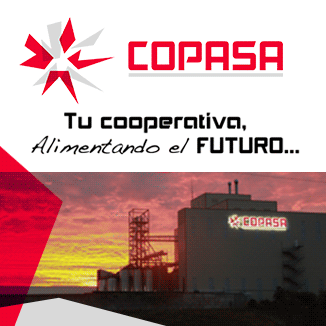[dropcap]L[/dropcap]os proyectos de larga duración pueden verse afectados por cambios que interfieren su desarrollo y, por tanto, dificultan su consecución. Estos pueden estar influenciados por infinidad de circunstancias, desde modificaciones realizadas por el cliente hasta fluctuaciones en el personal asignado.
Estas variaciones no tienen por qué perjudicar los objetivos trazados, pero sí implican sobreesfuerzos de adaptación y ajustes que permitan continuar con el mismo nivel de productividad. Así pues, con base en experiencias anteriores podemos disponer un plan de contingencia que minimice los impactos de los cambios en el trabajo. No es fácil, puesto que algunos de estos tipos de riesgos se hacen efectivos de forma inesperada, pero como he dicho, la experiencia nos ayuda.
Todos nos preguntamos, ¿cómo gestionar estos cambios?
Es fundamental conocer la estructura del proyecto, sobretodo quien ocupa la figura del cliente, definir desde el inicio el proceso de solicitud y aprobación de los cambios y la persona que debe comunicar los cambios aprobados, lo que implica que el equipo del proyecto solo aceptará los cambios indicados por esta persona.
Desde mi punto de vista, es muy importante también tener un buen sistema de control de documentación, procedimientos organizativos y de gestión que permitan a los nuevos trabajadores que se incorporen o a aquellos que reemplacen a otros en sus responsabilidades actualizarse de forma rápida sin dedicar excesivo tiempo. No son papeles, son instrucciones concretas que facilitan la adaptación a los cambios y el correcto funcionamiento del proyecto.
“Los riesgos vienen por no saber qué se está haciendo”. (Warren Buffet)
Change, change, change trip
[dropcap]L[/dropcap]ong-term projects may be affected by changes that interfere with development and thus hinder their achievement. These may be influenced by many circumstances, from changes made by the client to fluctuations in staffing.
These variations do not have to harm the goals, but involve overexertionfor adaptation and adjustments to continue the same level of productivity. Thus, based on past experience we can have a contingency plan to minimize the impacts of changes at work. It is not easy, since some of these types of risks unexpectedly effective do, but as I said, the experience helps us.
All we ask ourselves, how to manage these changes?
It is essential to know the structure of the project, especially one who takes the figure of the client, define the application and approvalprocesses of the changes from the beginning and the person who must communicate the approved changes, which means that the project team will only accept the changes indicated by this person.
From my point of view, it is very important to have a good system documentation control, organizational and management proceduresas well that allow new entering workers or those who replace others in their responsibilities to become updated quickly without spending excessive time. Those are not papers, are specific instructions that facilitate adaptation to change and correct operation of the project.
“Risk comes from not knowing what you are doing”. (Warren Buffet).
Más información: GESPROSAL




















